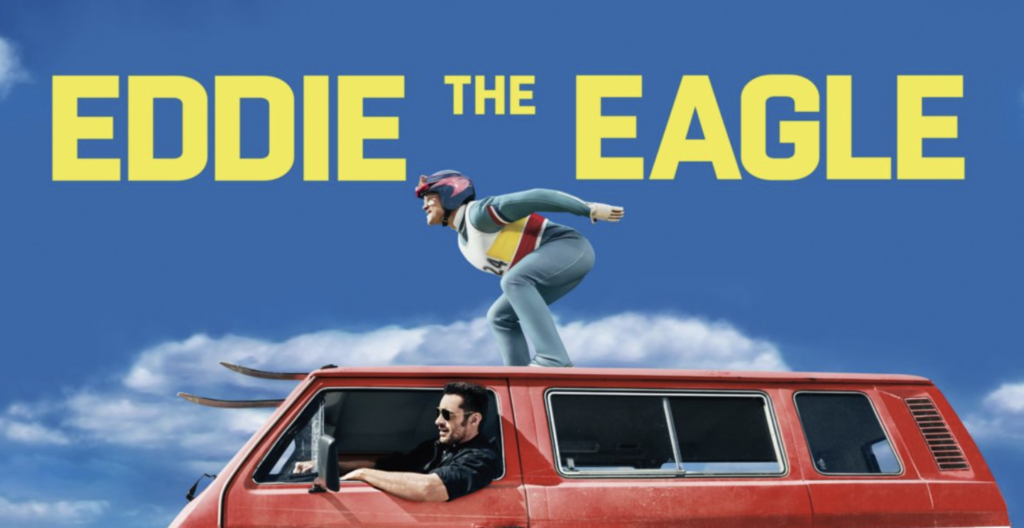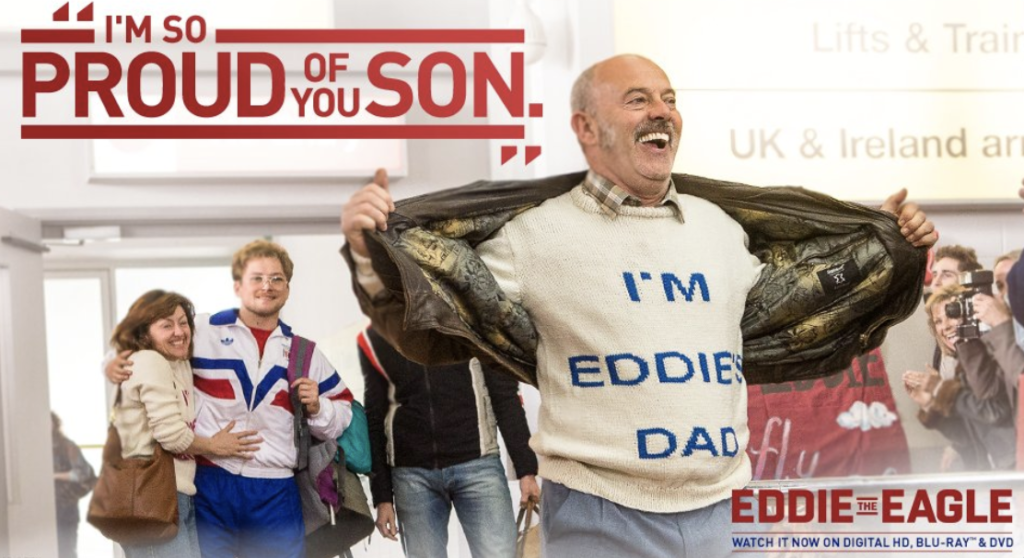craft post by Anne-Marie Strohman
I first heard about the concept of the emotional antagonist at a graduate lecture when I was visiting Vermont College of Fine Arts in January 2018. It was a great lecture that referenced Brene Brown’s work on vulnerability, but it didn’t sink in at the time how it might be useful to my own writing. I hadn’t drafted more than about four chapters of a novel, so this lecture was way over my head.
So I was over the moon to hear Melanie Jacobson talk about her concept of the emotional antagonist with YA author Emma Kress on her Instagram Live Craft Chats during NaNoWriMo 2020. The concept made so much more sense this time.
The basics: some great stories make use of what Jacobson calls the emotional antagonist. If the dragon is the knight’s antagonist, the emotional antagonist might be the knight’s older brother who doubts his skill and sees him as a tag-along kid brother. The emotional antagonist is on the protagonist’s side, but the protagonist doesn’t have their approval or support.
Jacobson believes the emotional antagonist can be a powerful addition to a book because it gives a story an extra satisfying ending–a resolution with the emotional antagonist.
Not long after Jacobson’s craft chat, I watched Eddie the Eagle (2015), and I just about jumped out of my chair every time Eddie’s dad came on screen. He was so clearly Eddie’s emotional antagonist. Let’s take a look. (Note: There will be spoilers below. If you mind spoilers, perhaps read the first section, then watch the movie, then come back to read the rest.)
The Antagonist vs. the Emotional Antagonist

Eddie Edwards is an unlikely hero, and an unlikely Olympian. He has problems with his legs as a kid, requiring him to wear braces. Yet he dreams of being in the Olympics. He practices on his own, figures out that nothing in the Summer Olympics will work for him, and decides to become a downhill skier.
Early in the movie, at the beginning of Eddie’s journey, Eddie’s dad tells him he’s not an athlete, he should quit, he’s wasting money, he needs to just become a plasterer (like his dad) and make a living. The dad seems like the antagonist, but he isn’t. He is attacking Eddie’s confidence, and he withholds his approval. But he doesn’t actually stand in the way of Eddie accomplishing his dreams.
The antagonists in the story are the British Olympic committee. They tell him he can’t be on the downhill skiing team, tell him he can’t be on the team as a ski-jumper, change the rules so he doesn’t qualify, and try to get the press away from him. They put up road-block after road-block, determined to keep Eddie from reaching his goal of becoming an Olympic athlete.
Other antagonists and antagonistic forces
There are other semi-antagonists–the Finnish team makes fun of him; Peary, a former US ski jumper who ends up coaching him, is reluctant to help Eddie. But none of those stand in his way like the British Olympic committee does.
He also has to overcome a lack of money, a lack of transportation, multiple injuries, and his own self-doubt.
The Pacing of the Emotional Antagonist
We see Eddie’s dad as the emotional antagonist very early in the film. When Eddie (as a kid) goes to the bus stop to go to the Olympics, his dad comes and picks him up in his van. He talks to Eddie out the window: “Have you gone mad? . . . All this Olympic stuff, it’s driving me a bit mad, mate. Look at me. I’m driving about in the middle of the night, in the dark, freezing cold, looking for you.”
Three scenes later, his dad tells him, “Eddie! You are not an athlete!” And then we move to the film’s title card.
Before the title, we find out the most important pieces of the story: Eddie’s dreams of being an Olympian, the physical injury/illness he’s had to overcome already, his spirit of determination, and his dad’s doubt and discouraging words.
The dad voices his concerns regularly throughout the movie. When Eddie leaves to train in Germany, his dad drives up in the van, but Eddie doesn’t get in this time.
When Eddie comes home for a visit and talks to his parents about needing to raise money to compete on the European circuit, his dad explodes: “I am not spending any more money on this rubbish. It’s just a matter of time before you walk through that door in a wheelchair, so you’ve got to stop taking all these stupid risks, son, and come back and do a little bit of plastering. You tried your best. Fair play, Well done. But it wasn’t good enough, was it? So it’s got to stop.” The next morning when his dad goes to wake up Eddie to go to work on a plastering job, Eddie’s already outside, driving away in his dad’s van.
Near the midpoint of the movie, Eddie has made a qualifying jump in practice, but wipes out in competition. He calls home to talk to his mom, and his dad listens in.
EDDIE: “Mom, dad was right. Wasted all this time and money on nothing. My dream’s turned into a nightmare. I’m really sorry I’ve done this to both of you, and I promise I’m going to make it up to you. No more messing around.”
Eddie says he’s coming home in a week.
DAD: “Good. “Get the van back here, sharpish. And I don’t ever want to hear about ski-jumping again.”
Through some technicalities, Eddie does get to compete in the Olympics, and we see his parents watching the competition on TV. The dad is dismissive, and we’re reminded of his role as the emotional antagonist.
The Climax

In the climactic moment, once Eddie has beaten the antagonists, he has to reach deep for the big jump, a huge risk. And though he’s never been one to doubt himself, his dad’s voice echoes in his head (and viewers’ ears) telling him that he’s not good enough, that he should just quit, that he shouldn’t waste money, that he’s not an athlete.
Eddie has triumphed over the Olympic committee by attending the games and by jumping. He follows all their rules, but is still excluded from some events and not accepted by the other athletes. So he wants to prove to himself that he is all in–that means attempting a huge jump significantly higher than he’s ever jumped before.
The final win is against the internalization of the emotional antagonist.
As Eddie prepares to jump, we see the dad, in spite of himself, leaning forward to watch. He has developed a measure of respect for his son. But Eddie doesn’t need his father’s approval anymore to know he has succeeded. He does the jump for himself. As his Finnish competitor, the best in the field, tells him in the elevator, “[The two of us] jump to free our souls.”
The Resolution
The filmmakers seed the reconciliation between Eddie and his dad by showing us his dad’s slow transformation over time. He’s pretty consistently mean and doubting. But we have seen clearly that Eddie’s dad cares about him–he picks him up in the van, he takes him to a plastering job and they eat lunch together, he has paid for some of Eddie’s expenses, he lets Eddie take his van.
Then when the mom and dad are watching Eddie’s final jump (the mom is wearing an “I’m Eddie’s Mom” sweater), the dad cheers when Eddie lands.
At the airport we see mom in her “I’m Eddie’s Mom” sweatshirt and dad slightly behind her. As Eddie walks in, his dad unzips his jacket to show a homemade sweater that reads, “I’m Eddie’s Dad.”
We’ve been primed for the reveal, but the dad has not ever been a character who would wear a sweater like that, so we don’t expect it. The fact that he’s willing to wear the sweater shows his real transformation and makes the emotional connection between Eddie and his dad resonate.

Why this works
Jacobson sees the emotional satisfaction in an ending like this in stories from Kate DiCamillo’s Because of Winn-Dixie to Gary Schmidt’s Okay for Now to the Netflix series The Queen’s Gambit.
The emotional antagonist adds an extra rich layer, she says, because the resolution can only be through reconciliation, whereas the resolution with the story antagonist can be either through victory or reconciliation (or some combination of the two).
Ending with the emotional antagonist can show how the protagonist has matured in the story (from needing approval to not needing approval), and brings their internal arc to a satisfying conclusion.
Now it’s YOUR turn!
- Watch Melanie’s 15-minute chat about the emotional antagonist
- Look in your own work for an emotional antagonist. You may already have a character who is ready for the job. Ask, whose approval matters most to your protagonist? whose lack of support hurts the most?
- Show readers the emotional antagonist in their role early on.
- Revise to show the emotional antagonist at a few key places in the story to remind us of their role and to amp up the pressure on the protagonist.
- See if there’s a way to include the emotional antagonist’s pressure near the climax of the story.
- Revise your ending to make sure there’s an effective moment of reconciliation between the protagonist and the emotional antagonist.
For another movie analysis, check out KidLit Craft Goes to the Movies! Endowed Objects in The Mitchells vs. the Machines
For more on secondary characters, check out these posts:
Anne-Marie Strohman (co-editor) writes picture books, middle grade novels, and young adult short stories and novels. She is trained as a teacher, an editor, and a scholar, specializing in Renaissance Literature. She holds an MFA in Writing for Children and Young Adults from Vermont College of Fine Arts and is an active member of SCBWI. Find her at amstrohman.com and on Twitter @amstrwriter.

COMMENTs:
0